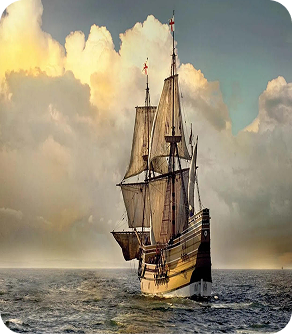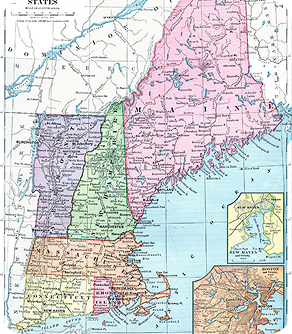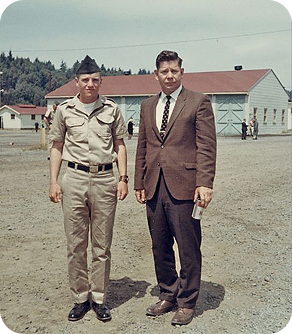Journey Through Time
Journey
Family Timeline
1400s – 1700s
Ancestral Africa – The World Before Captivity
Before the transatlantic slave trade, ancestors of these families lived in prosperous West African societies that valued lineage, trade, and spiritual order. Their story begins in wholeness, not bondage.



1600s – 1700s
The Atlantic Slave Trade and Middle Passage
The Middle Passage was a forced migration of terror — bodies chained in darkness, families erased. The ancestors who survived brought languages, rhythms, and spirit to the New World.



1700s - Early 1800s
Colonial Jamaica – Birth of the Harper Line
Possible Mayflower Connection (1620)
Settling in New England (1630s-1640s)
Migration to Virginia & Maryland (1680s-1690s)
Key Ancestors: Thomas Hewitt, Walter Palmer, Edmund Fanning…



1700s
Colonial Expansion and the Enslaver Class
The Goolsby and King families profited from enslaved labor, expanding into Georgia’s plantation frontier. Their records form the paper trail of human bondage that descendants now use to name the enslaved.



1820s - 1840s
From Jamaica to Georgia – Re-enslavement Across Empires
Catherine Harper’s sale from Jamaica to Georgia linked Caribbean and American slavery, uniting two systems of terror under one economy. Her descendants inherited both trauma and survival.



1790s - 1860s
Plantation Georgia – The Goolsby Domain
The Goolsby plantations thrived on stolen labor. Amanda Goolsby (later Davenport) was forced into domestic service; Jacob Davenport labored in the fields. Together they sustained family against the odds.



1820s - 1850s
The King Family and the Sale of Human Lives
Bills of sale show the Kings’ ownership of Caroline Payne and Catherine Harper. These women, though commodified, became the foundation of the Davenport line through their strength and motherhood.



1820s–1865
The Enslaved Families of Goose Pond
On adjacent plantations, the Davenports, Paynes, and Harpers endured bondage together. Their faith and kinship would outlast slavery and define the next century.



1861–1865
Civil War and Emancipation – Collapse of the Slave Economy
As war destroyed the Confederacy, freedom came. Formerly enslaved families seized self-determination while white planters faced ruin.



1865 - 1880s
Freedom and Reconstruction – Building from Ashes
Freed families built schools, churches, and legal marriages. Goose Pond became a symbol of collective survival in Reconstruction Georgia.



1870s - 1910s
The Stricklands – Education as Liberation
Freed families built schools, churches, and legal marriages. Goose Pond became a symbol of collective survival in Reconstruction Georgia.



1870s - 1900s
Intermarriage and the Formation of the Davenport Line
Freed families built schools, churches, and legal marriages. Goose Pond became a symbol of collective survival in Reconstruction Georgia.



1880s - 1920s
The Great Migration from the South
Freed families built schools, churches, and legal marriages. Goose Pond became a symbol of collective survival in Reconstruction Georgia.



1920s - 1930s
Migration to Chicago – Urban Transformation
Freed families built schools, churches, and legal marriages. Goose Pond became a symbol of collective survival in Reconstruction Georgia.



1940s - 1970s
Migration to Lansing – Industry and Activism
Ted and Bernice raised twelve children in Lansing’s industrial boom, helping build the city’s Black civic institutions.



1970s - 2000s
Post-Industrial America – Diaspora & Persistence
Ted and Bernice raised twelve children in Lansing’s industrial boom, helping build the city’s Black civic institutions.



2000s - Present
Modern Reckoning and Digital Reconnection
Ted and Bernice raised twelve children in Lansing’s industrial boom, helping build the city’s Black civic institutions.



